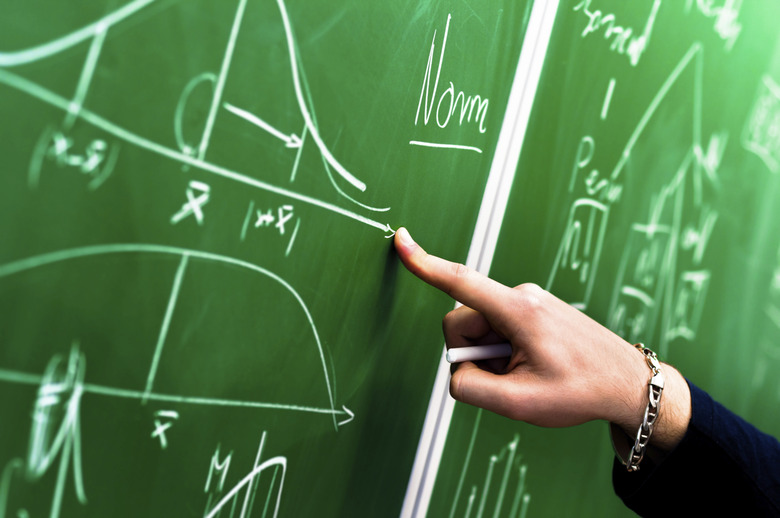Physical Address
Suite 5, 181 High Street,
Willoughby North NSW 2068
Physical Address
Suite 5, 181 High Street,
Willoughby North NSW 2068

A model is a description of natural phenomenon that scientists can use to make predictions. A good model is both as accurate as possible and as simple as possible, which makes it not only powerful but also easy to understand. However, no matter how good they are, models will almost always have limitations.
Most models can’t incorporate all the details of complex natural phenomena. For example, when measuring distances around the Earth it’s convenient to model the Earth as a sphere, but this doesn’t incorporate variations in distance because of mountain ranges, valleys and other topological features the traveler must traverse. Incorporating these additional details would make the model too complex for easy use. Since models must be simple enough that you can use them to make predictions, they often leave out some of the details.
Most models include some approximations as a convenient way to describe something that happens in nature. These approximations are not exact, so predictions based on them tend to be a little bit different from what you actually observe — close, but not bang on. In quantum mechanics, for example, there are no exact solutions to the Schrodinger equation for atoms from helium onward; exact solutions exist only for hydrogen. Consequently, physicists use approximations for higher elements. These approximations are good, but they are approximations nonetheless.
Sometimes a model can be made more accurate but at the expense of simplicity. In cases like these, the simpler model may actually be superior, because it gives you a way to visualize a process so you can understand it and make predictions about it. In chemistry, for example, structural formulas and ball-and-stick models are unrealistic depictions of molecules; they completely ignore what chemists know from quantum mechanics about the nature of matter at the subatomic level. Nonetheless, they are simple, easy to draw and offer a wealth of insights into molecular structure and properties in a way that’s easy to visualize and understand. Consequently, chemists continue to use both structural formulas and ball-and-stick models.
Ultimately, models are subject to some trade-offs. You want as much predictive power as possible. At the same time, you also want the model to be as simple as possible. Nature is indifferent to the human need for simplicity and ease of comprehension, however, and many natural phenomena are complex. Just think, for example, about the chain of biochemical processes that take place merely in order to relay information from the photoreceptors in your eye to the visual cortex of your brain. If you try to incorporate everything that actually happens into a model, it becomes unwieldy and difficult to use. In the end you find that you rely to some degree on approximations and conceptual frameworks that make a process easy to visualize but don’t necessarily reflect the true nature of reality.